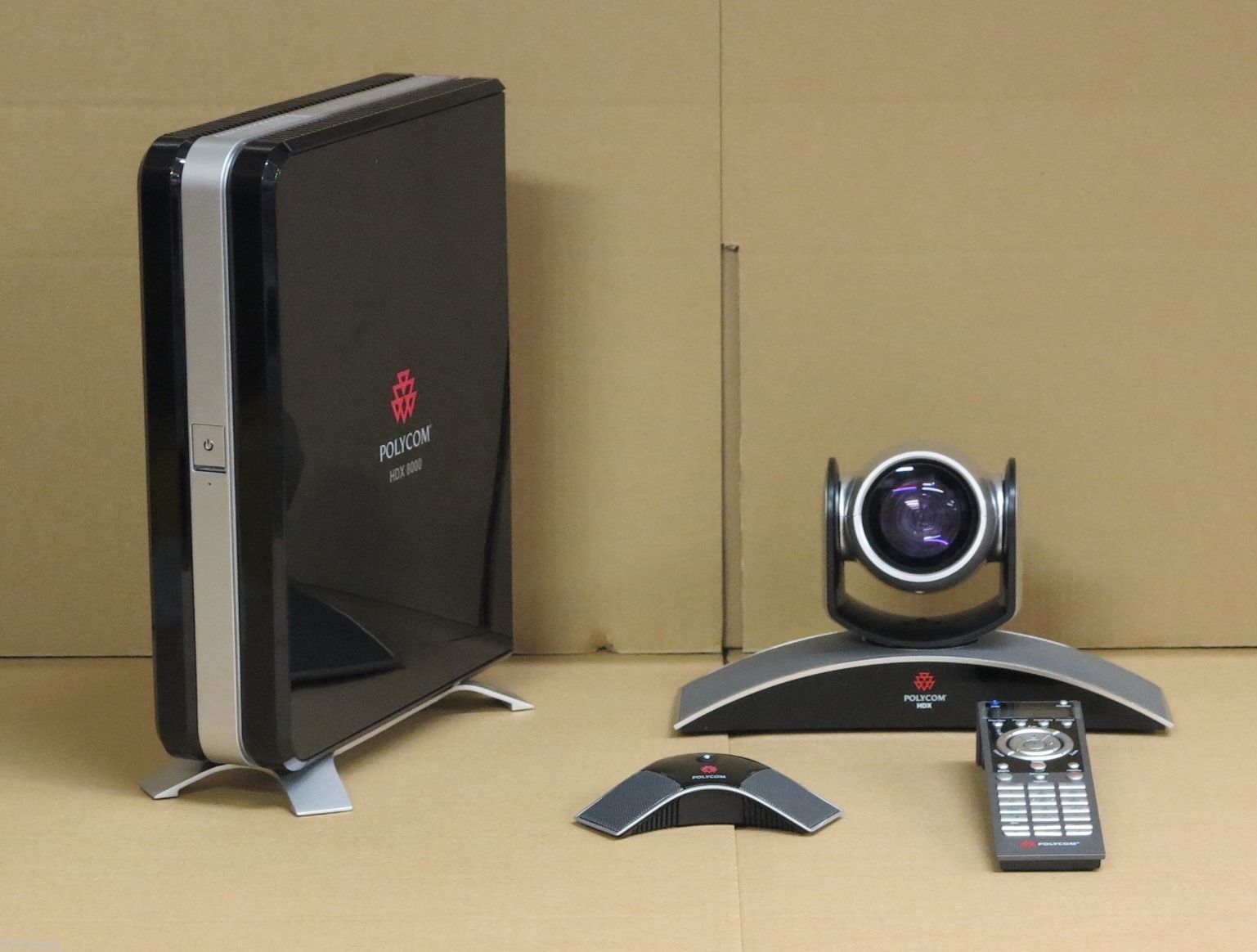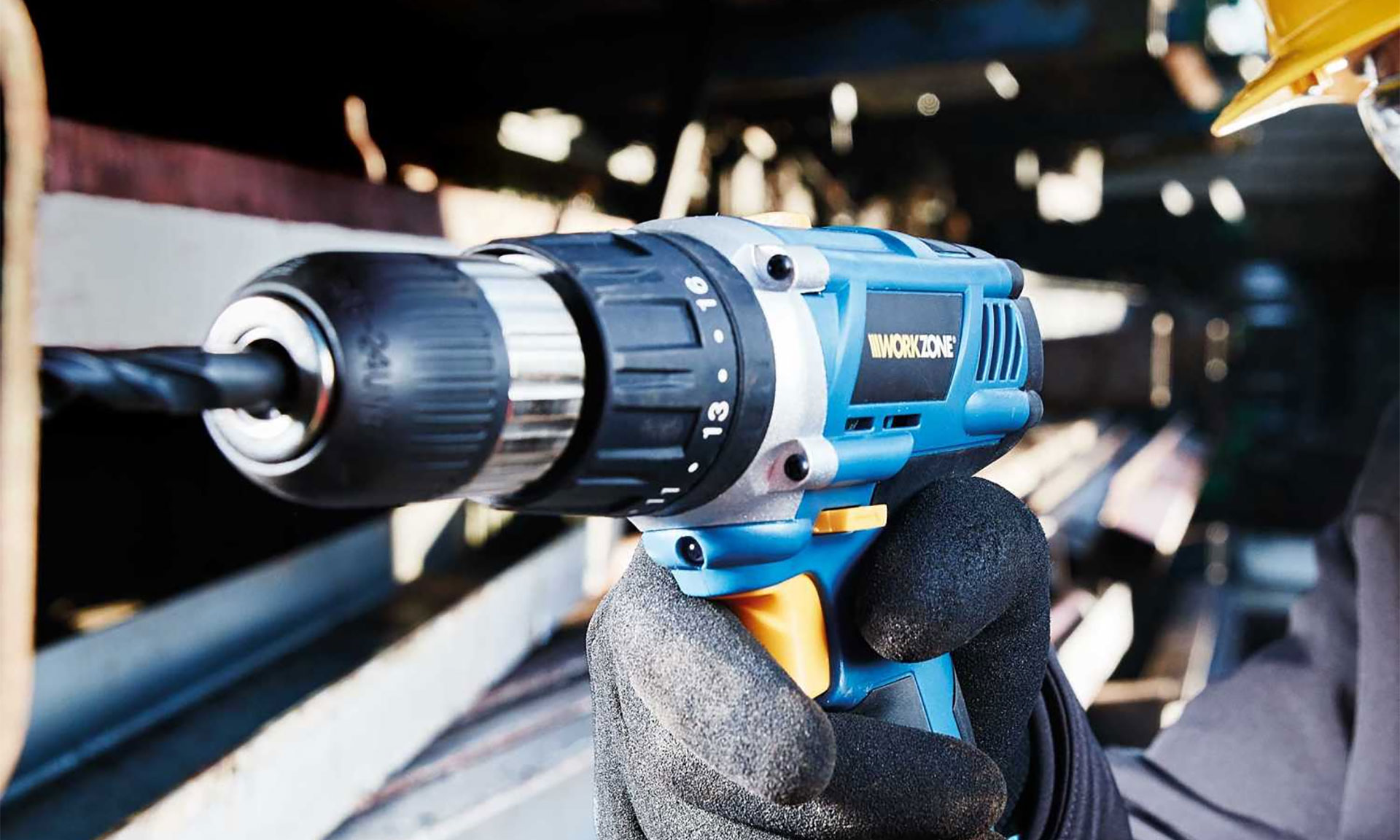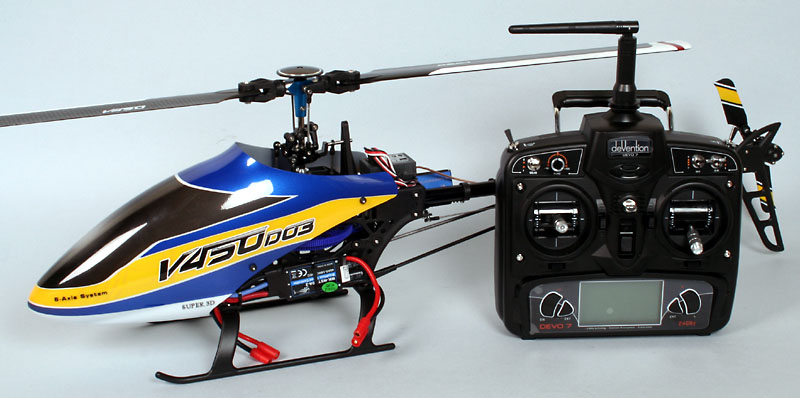Through the video conferencing two or more people can communicate through the simultaneous transmissions of video, audio, and sometimes data over the phone network or the IP network. Peer to peer video conferencing is associated with two people. But, the peer-to-peer technology can be extended by including more than two people through a mesh configuration. In this particular configuration, each person has a simultaneous connection with all other participants.
A multipoint control unit (MCU) is a device that is basically used to bridge the videoconferencing connections. The MCU is an endpoint on the LAN with which three or more terminals and gateways can participate in a multipoint conference. It is associated with a mandatory multipoint controller (MC) and the optional multipoint processors (MPs). The MCU is a central gateway to a multipoint videoconferencing system. Earlier, an MCU needed a specialized DSP-based hardware that is capable of processing the audio/video in a real-time. But, now, MCUs can be implemented through software that is running on standard hardware. A number of companies provide the MCU services such as Polycom Multipoint Control Units. Some of the functions of an MCU are as follows:
- Transcoding: If the participants of the video conference use the endpoints through the different audio/video parameters (codec, resolution, frame rate etc), then there is a requirement of translating and normalizing the media streams so that they can interoperate. For an example, if one client is using H.264 video codec and another client is using VP8 video codec, there is a requirement of the translation. Transcoding may be computationally expensive and it must be done in real-time to be effective.
- Call Signaling: In the peer-to-peer conferencing, the clients basically use the same signaling protocols in order to establish a call. The examples of signaling stacks are SIP and H.323. An MCU can support the different types of clients as well as provide the call setup and tear down capability that can be understood by all the clients.
- Conference Setup: A complex conference call needs an additional coordination beyond the actual media connections. An MCU provides lots of services such as scheduling of calls, support for dial numbers in different countries, authentication services, scheduling of reminders, gateway to PSTN, recording services etc.
- Audio Mixing: For enhancing the audio quality, MCUs equalize as well as mix all audio streams and may process them to filter out the environment noise, reduce echo, etc. and then send a single to combine the audio stream to each participant.
- Video Composition: Video streams consume considerable amounts of the bandwidth from the client side. So, the MCUs can make the combination of the video streams so that each video conferencing participant can receive and render a single video stream, such as tiling all images from each participant in one single video stream.
You have to find out the best MCU service provider through a thorough research over the internet. Most of them have their dedicated websites such as polycom realpresence immersive studio. After finding your desirable MCU service provider, you can contact them through their website.






